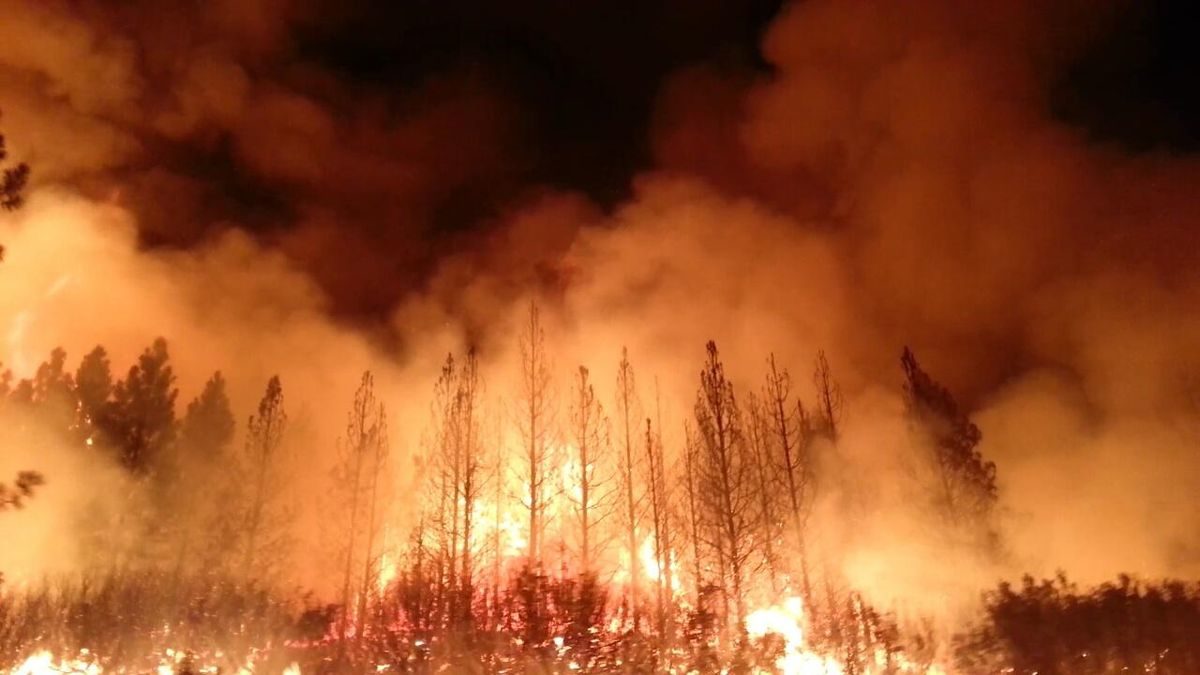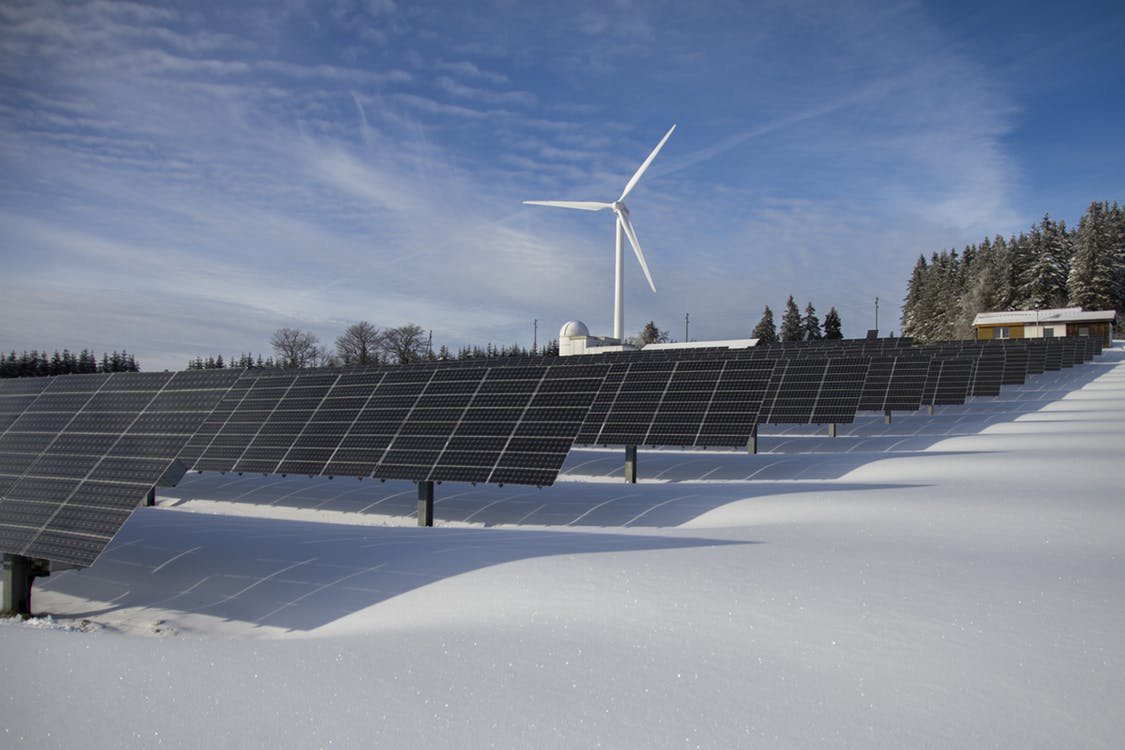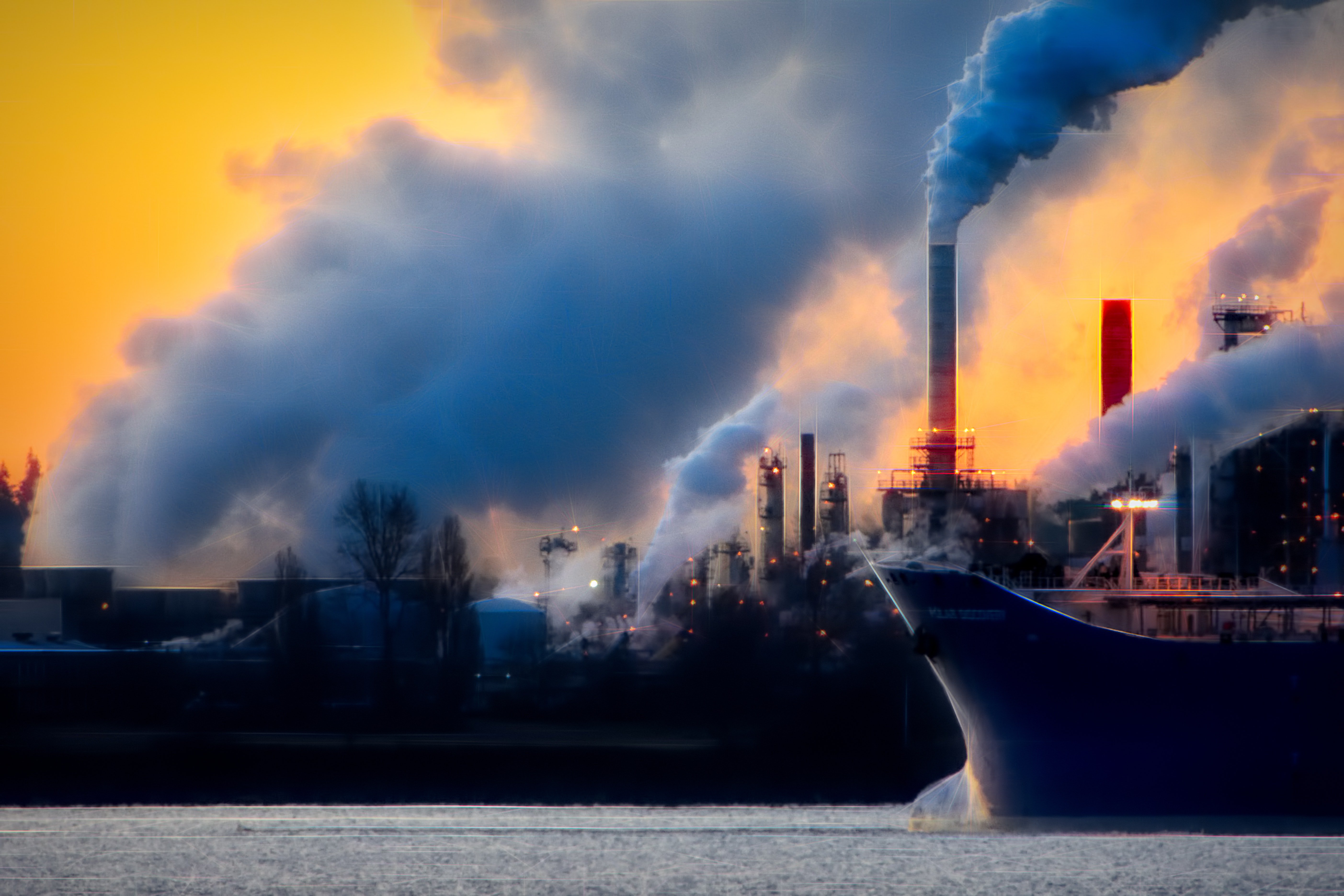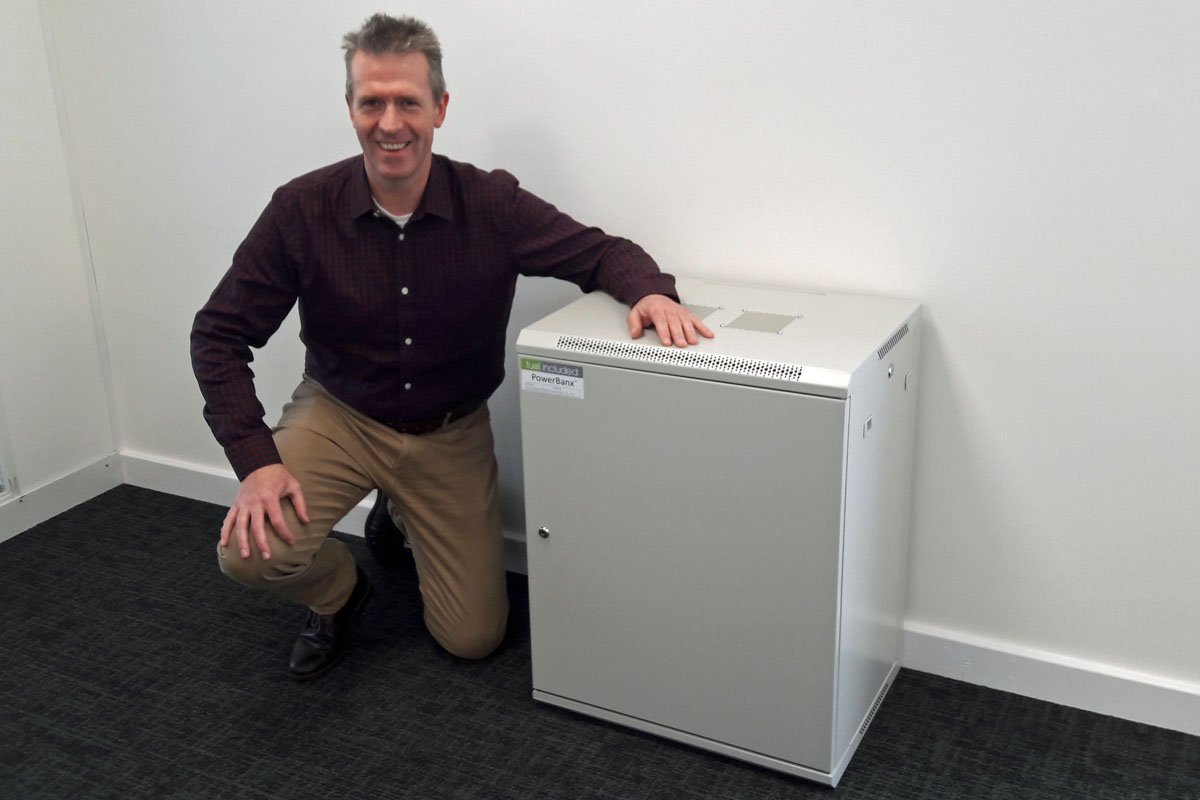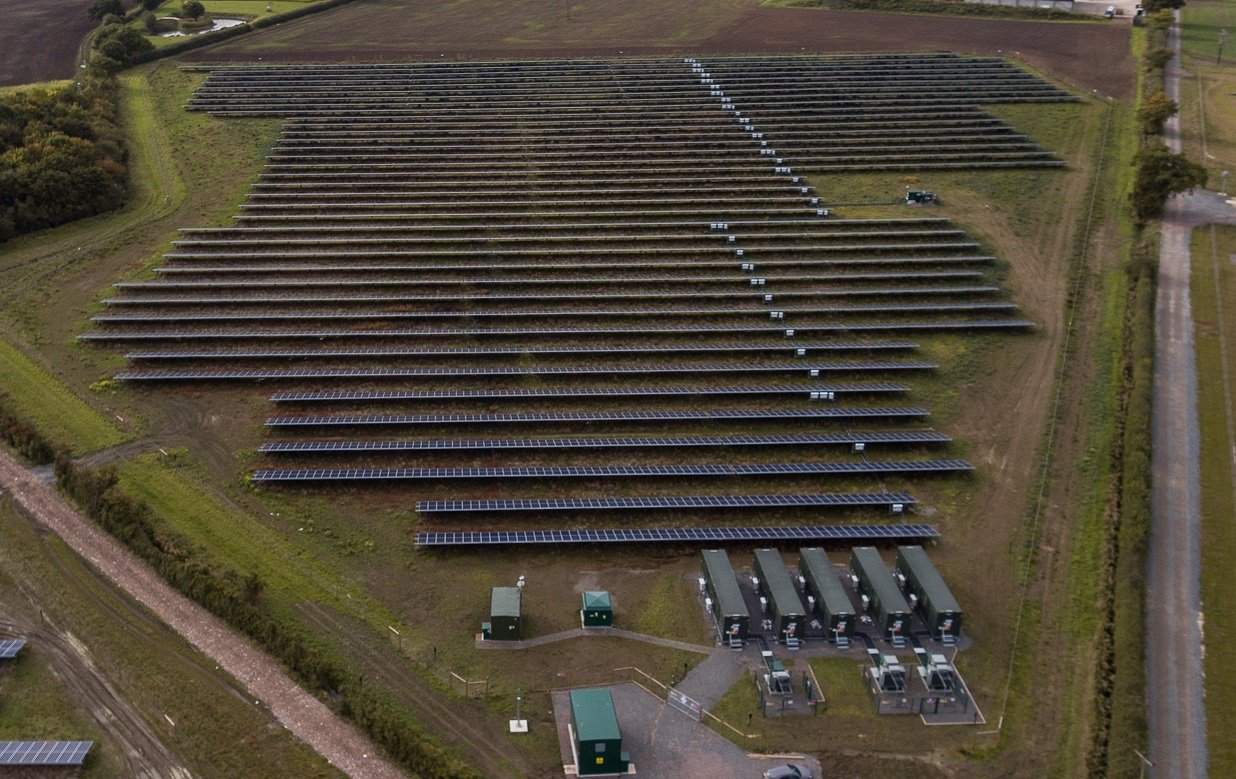I didn’t want to fly – so I took a cargo ship from Germany to Canada
A slow boat across the Atlantic plus a scenic train home to Vancouver add up to a hugely enjoyable three-week trip Are you a crew member?” the security guard asked, fixing me with a stare in the van’s rear-view mirror. “Passenger,” I replied. The guard gave me a quizzical look then muttered something to




